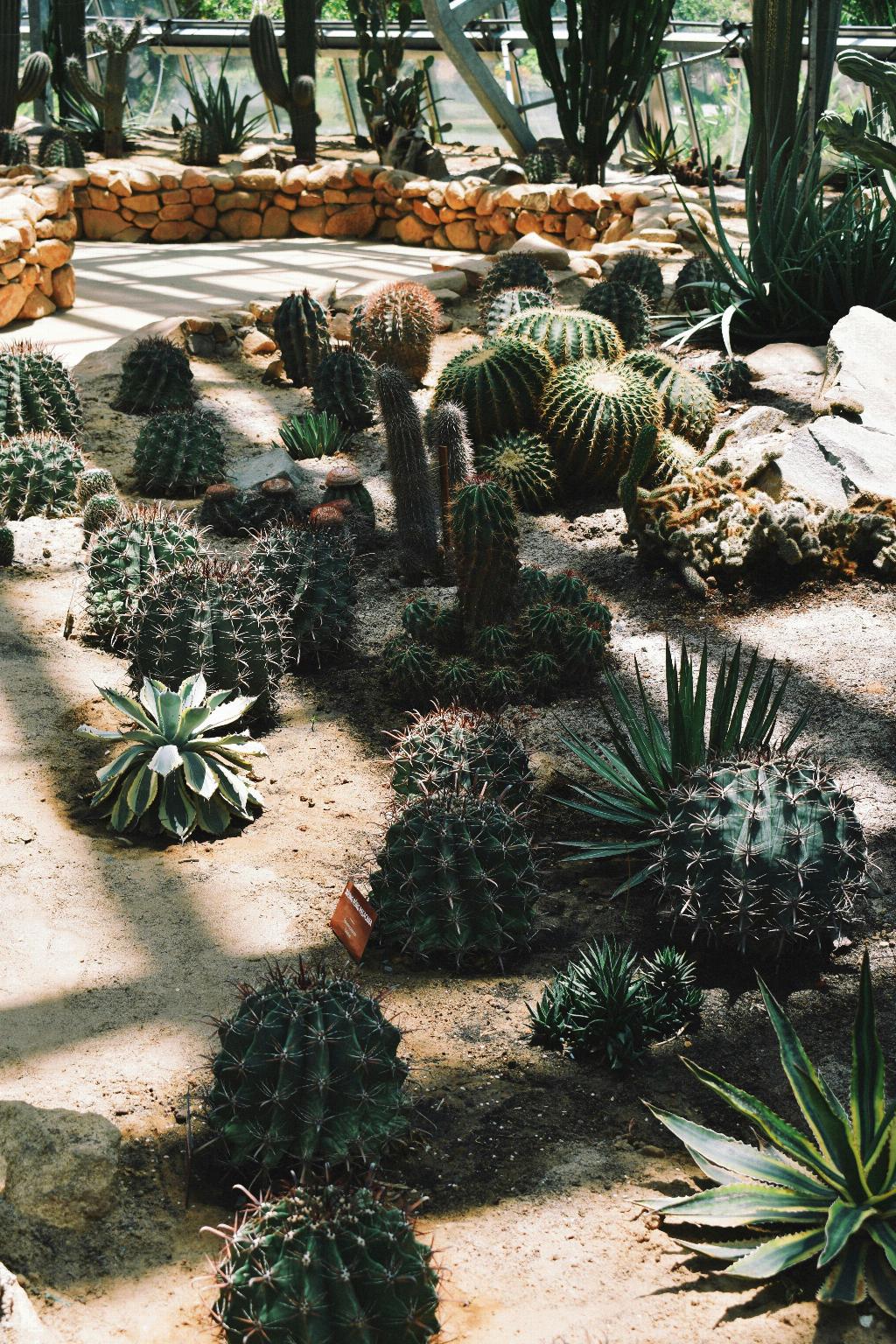When envisioning a cactus, one typically pictures a plant with a unique appearance that sets it apart from other types of flora. The defining characteristic of cacti lies in their stems, which tend to be thick and full of chlorophyll. This feature allows cacti to photosynthesize effectively, even in arid environments where water retention is crucial for survival.
One key distinguishing feature of cacti is the presence of areoles. Areoles are small structures found on cactus stems that serve as the focal point for growth. These cushionlike pads often bear spines or barbed bristles, known as glochids, which are essential for protection against herbivores and other potential threats.
What truly sets cacti apart visually are their spines. These needle-like structures come in a variety of shapes and sizes, depending on the species. Some cacti boast long, straight spines, while others feature curved or even hooked spines. The color of the spines can also vary, ranging from a pale yellow to a deep reddish-brown.
Aside from spines, cacti may also produce flowers that add a pop of color to their overall appearance. These blooms can range from delicate pastel hues to vibrant shades of red, orange, pink, or yellow. The flowers often contrast beautifully against the greenish hues of the cactus stems, creating a visually stunning display.
Another striking feature of cacti is their ability to store water for extended periods. This unique adaptation results in the characteristic plump, swollen appearance of many cactus species. The capacity to retain water allows cacti to thrive in harsh desert environments where moisture is scarce.
When observing a cactus up close, one may notice the intricate patterns and textures that adorn its surface. Some cacti exhibit ribbed or segmented stems, adding a tactile element to their visual appeal. These patterns not only enhance the aesthetic charm of cacti but also play a role in water storage and structural support.
While many cacti feature a predominantly green coloration, some species display variations such as blue-green or grayish tones. These subtle color variations contribute to the diversity of cactus appearances and reflect the unique adaptations that have evolved in different environments.
The overall shape and size of cacti can vary significantly among species. Some cacti grow tall and columnar, reaching impressive heights, while others form low, sprawling clusters close to the ground. The diverse forms of cacti reflect their adaptability to a wide range of ecological niches.
One cannot overlook the sheer diversity of cactus species that exist worldwide. From the iconic saguaro cactus of the Sonoran Desert to the compact ball cacti of arid regions, each species boasts its own distinct appearance and characteristics. Exploring the world of cacti reveals a treasure trove of botanical wonders.
Whether admiring the spiny silhouette of a towering saguaro or marveling at the intricate blooms of a prickly pear, one thing is certain: cacti captivate with their visual allure and remarkable adaptations. The next time you encounter a cactus, take a moment to appreciate the intricate beauty and resilience of these fascinating plants.

